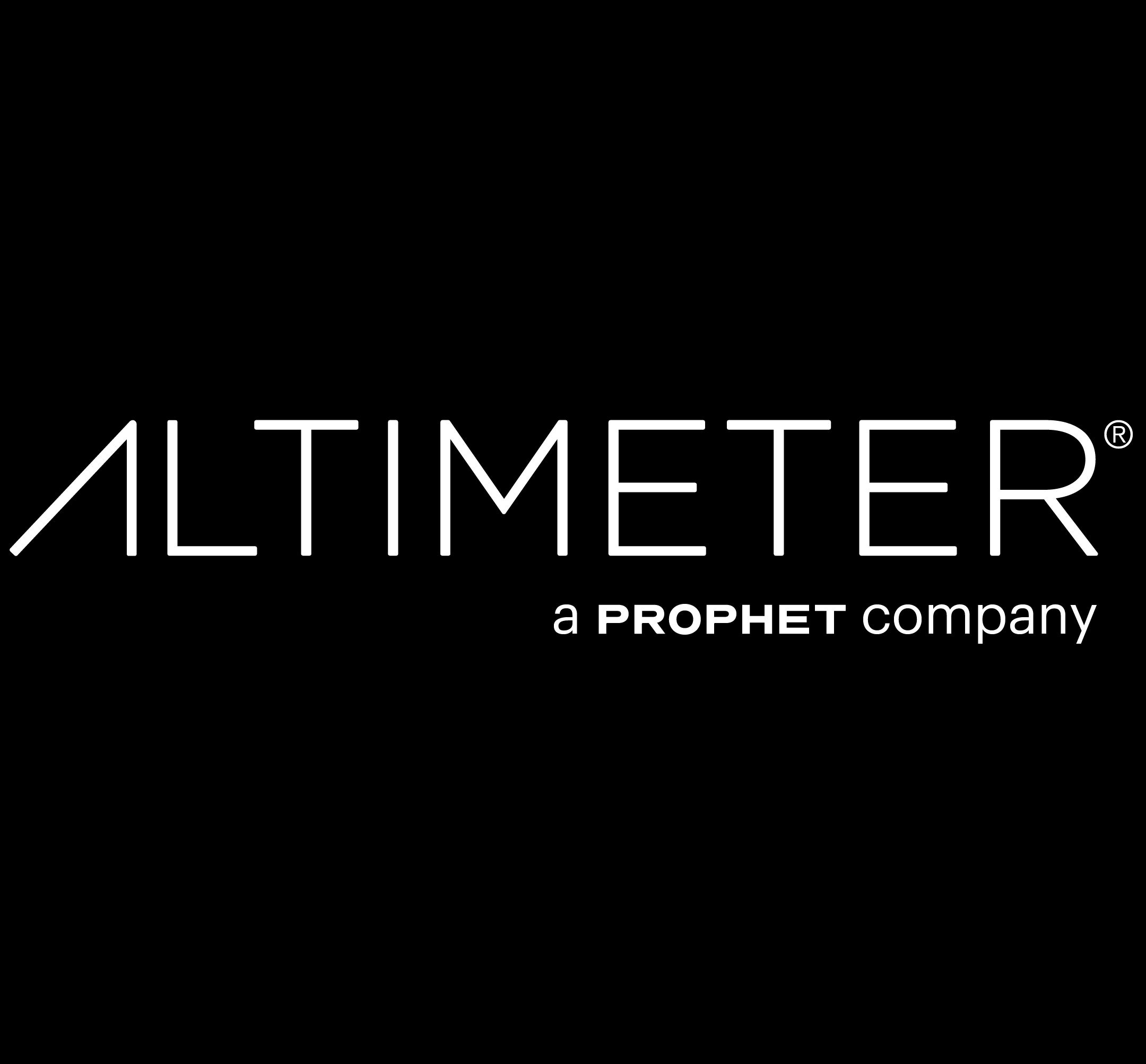BLOG
What Is Your Higher Purpose?
Profits are no longer the only measure of success. Companies must benefit all stakeholders–including employees.
What is your higher purpose? Sales and profit goals can no longer be the prime motivator if they ever were. In my book, Aaker on Branding, I note that more and more brands have a higher purpose that is meaningful. It is increasingly becoming more about “why” in addition to “what.” A higher purpose can provide inspiration, an aspirational goal, a work-together logic, respect, motivation for social programs and paths to growth. In particular, it can:
Inspire employees
P&G’s purpose to improve the lives of the world’s consumers, now and for generations to come elevates the work experience of all employees. General Motors’ passion for “earning customers for life” affects employee decisions on a day-to-day basis.
Set a high aspirational performance bar that can stretch the organization
Apple’s Steve Jobs famous mission to create “insanely great products” removed the ceiling from product development at Apple. The Virgin mission, “to embrace the human spirit and let it fly” provides energy to employees to be sure.
Help promote cross-silo collaboration
Develop a common purpose that encourages people to perceive colleagues as teammates instead of being irrelevant or competitors. Employees should inherently ask, “How can I make us succeed?” before “How can I get ahead?” IBM has used its drive toward “a Smarter Planet” to overcome the inhibiting power of silos units by providing a rationale for creating and leveraging synergy.
Provide a route to customer relationships
Abbott’s quest to help customers live life to the fullest provides a way to connect that means something. Patagonia is the ultimate in having environmental considerations in their heritage, products and programs, and that attracts customer loyalty among those that share their values.
Provide an umbrella under which a host of social programs can live
Nike’s passion for sports and fitness has led to programs to create facilities that enable more kids to participate. PepsiCo’s intent to have a positive imprint on society and to become a truly sustainable company provides a home for a host of social programs.
Stimulate growth options
Roche’s diabetes team has a higher purpose, to “enable people with diabetes to live their lives as unrestricted as possible.” It’s a purpose that provides direction for both product development and brand building. Further, it can foster innovation. If Crayola conceives itself as making crayons that would define a narrow production/sales operation. But if its goal is “to help parents and teachers raise inspired, created children” there are a host of routes to product innovation.
“A higher purpose can provide inspiration, an aspirational goal, a work-together logic, respect, motivation for social programs and paths to growth.”
Nearly all firms that look to a higher purpose have several or even many of them, each of which direct programs. For example, Unilever has a set of purposes that include sustainability (the Unilever Sustainable Living Plan), give, a better future for children (oral health and nutritional programs), and a healthier future (the hand-washing program that reached over 200 million people in 2012), enhancing women self-esteem (Dove’s Campaign for Real Beauty), and more. Whole Foods Market strives to provide the highest quality natural and organic products, strives to “delight and nourish” customers, serve and support the local communities, and celebrate the sheer love and joy of food.”
FINAL THOUGHTS
It is easy to get caught in a focus on financials, but employees and customers are increasingly attracted to brands and firms that have a higher purpose. It makes a difference.



